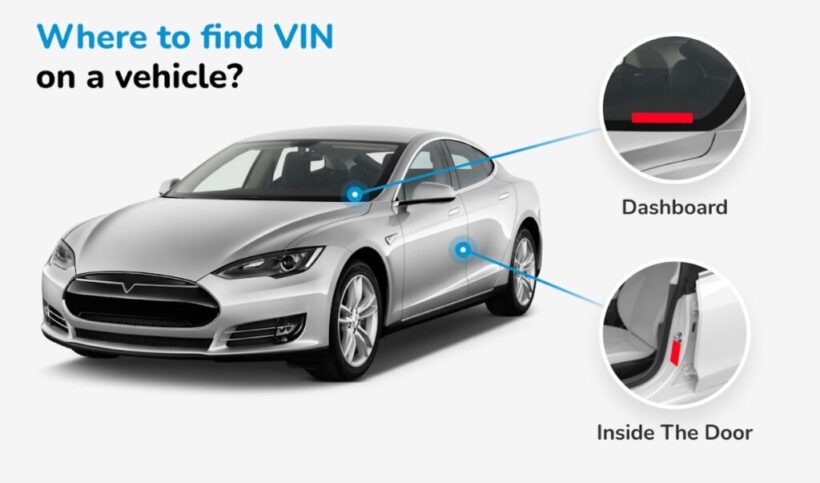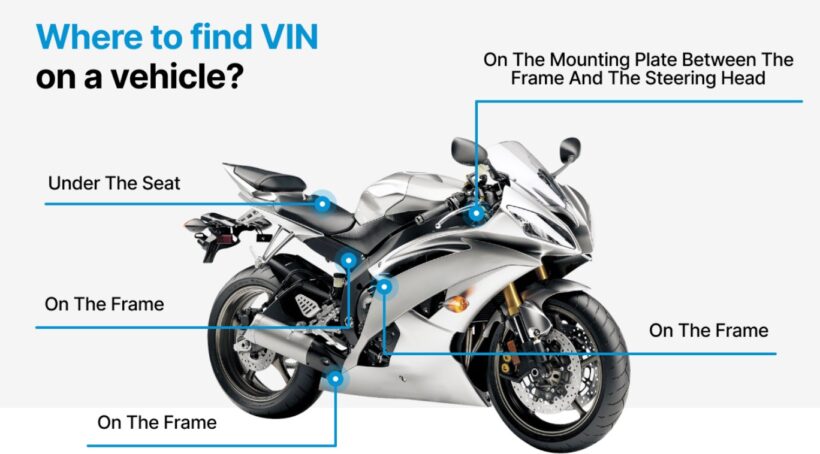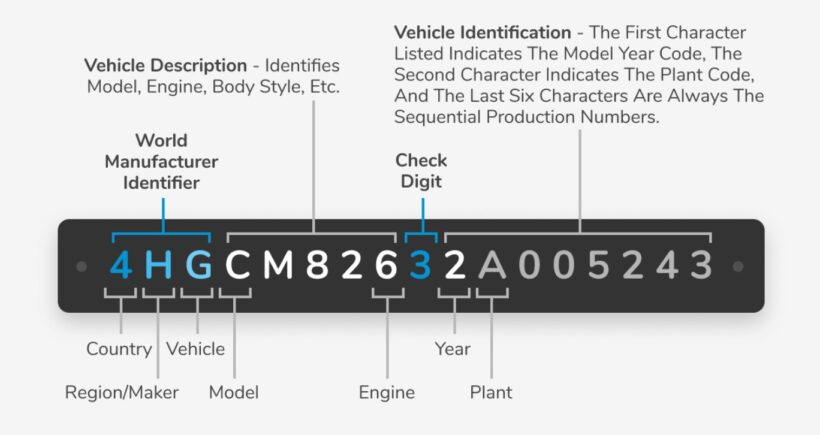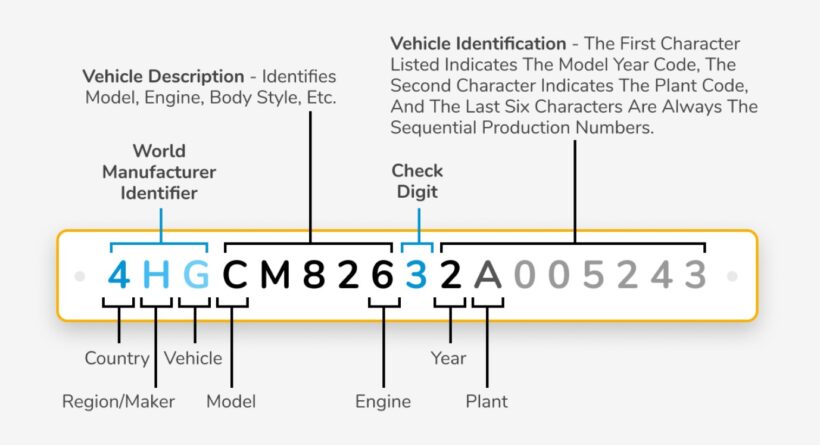It is a generally known fact that human beings have unique and peculiar genetic information contained in their DNA. For cars, however, their genetic information is termed the VIN (Vehicle Information Number) which is a unique 17-character code comprising a mixture of numbers and predominantly letters. This 17-digit code contains all the necessary information an individual needs in purchasing a used car, filing an insurance claim, and conducting investigations.
Many thanks to the advent of modernity as online auto dealerships like Epicvin offer a search bar where this number can be imputed to conduct necessary searches. Platforms that offer these services are termed VIN decoders. Since the year 1981, all manufactured automobiles and motorcycles have this unique member which they carry all through their life.
Where to find the VIN
The VIN can be located on the chassis of a car or below the windshield as seen in most automobiles for the police to seamlessly conduct a quick verification. It can also be found next to the spare wheel of a car or beneath the hood next to its latch.
How to properly decipher the VIN
Generally, 17 characters make up the typical VIN. However, these characters can be categorized into 4 as the letter-number mixture connotes a piece of information about the vehicle. The following is a list of the character makeup and what they symbolize:
VIN Character 1-3: This is also known as the World Manufacturer Identifier (WMI) and it shows where the vehicle was invented and its manufacturer. This part of the VIN usually starts with a number that indicates the country of the invention. According to industrial specifications, numbers 1, 4, and 5 are indications that the car was built in the United States. Numbers 2 and 3 signify that the car was produced in Canada and Mexico respectively.
The accompanying letter is the manufacturer’s name. For instance, the letter B may stand for BMW while T may stand for Toyota, and C for Chrysler. The third character signifies the vehicle type.
VIN-characters 4-8: These characters contain information such as model types, body type, engine, and transmission.
VIN-character 9: This is a security code that the manufacturer generates to verify or authenticate the entire VIN.
VIN-character 10: The 10th digit is the model year. Different letters different years. For instance, the letter K signifies the car was made in the year 2019 while the letter D shows that the automobile in question was made in 2013.
The 11th digit is known as the manufacturer’s plant code. The manufacturer’s plant can be defined as the site of automobile production and each car manufacturer has a unique code ascribed to their factory.
VIN-characters 12-17 are numbers ascribed to each vehicle as it passes through the production line. These numbers are sequential and serial. Hence if the vehicle passing through the assembly line is the first vehicle being produced that day it carries the number 000001.
It is imperative to mention that the letters I, O, and Q are not used in a VIN. Hence, if you see this it is most likely a system designed by criminals.
Uses of VIN?
Most institutions and registries in a vast number of climes have relevant information on every registered car in that locality upon inputing the VIN. With a VIN check, you can ascertain the accurate mileage of any vehicle. You can also access the vehicle report, previous damages, prior repairs, and technical specification and theft records using this 17 characters code.
What are the benefits of VIN?
Benefits of the VIN includes:
Reduce incidences of fraud or false assertions by overzealous sellers
A VIN verification is one of the initial steps that must be taken before a prospective car buyer buys a used car. And this is because most used vehicle owners falsely claim that their automobiles are accident and damage free in a bid to lure unsuspecting car buyers. With a simple check using a VIN decoder, this declaration can be verified as the vehicle history report which reflects incidences of accidents can be verified.
Any prospective car buyer should ensure that there is no variance between the VINs on a car as that might be an indication of car theft. Also, it is suggested that you check the car’s document for any discrepancy between the VIN contained in it and the one etched on your car.
VIN and its intersection with automobile price determination
VIN can also be used to determine the appropriate price to pay for a used car as it shows the mileage, repairs, and incidences of accidents/ damages which deplete the monetary worth of an automobile.
VIN and its connection with previous usages
With the VIN, an individual can verify the prior use to which the vehicle was put. Was it a taxi? Was it a personal car? As these factors influence the decision of the prospective buyer.
The use of VIN to initiate the vehicular registration process
In most jurisdictions, for a vehicle to be properly registered for identification and safety purposes, the VIN of the vehicle to be registered is usually requested since it is unique. Hence, in cases of car theft and other related offenses can be traced to its actual owner.
Final thoughts
Purchasing a car is not a process that needs to be rushed as the consequences are detrimental to the buyer. Therefore, proper preemptive steps like checking the VIN of the car to be purchased are needed to make a well-informed purchase.




